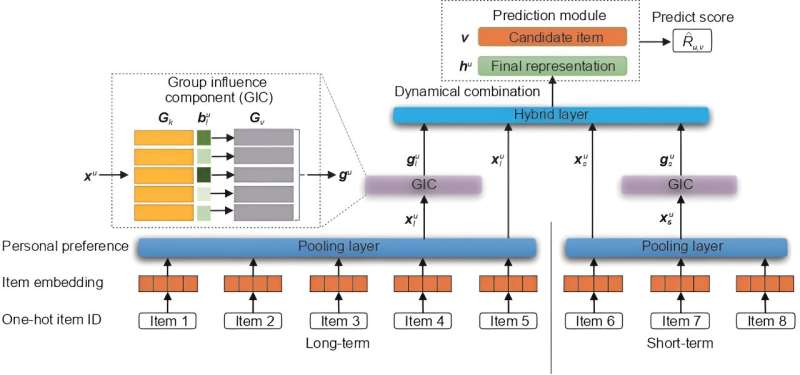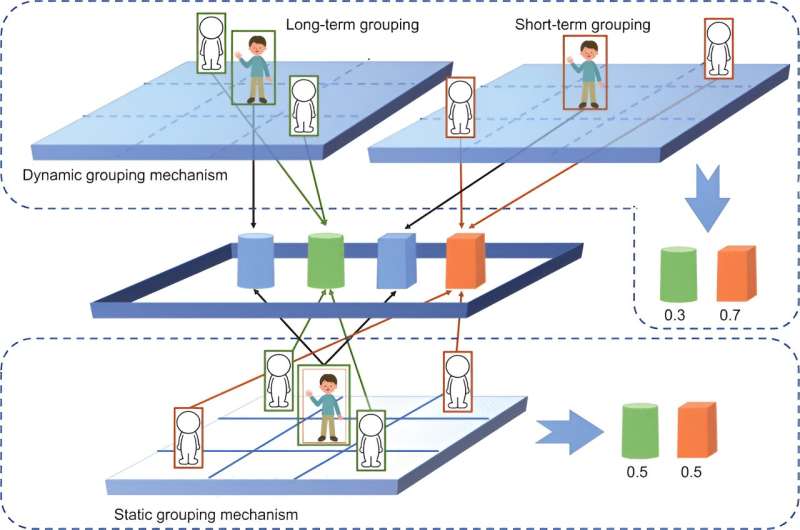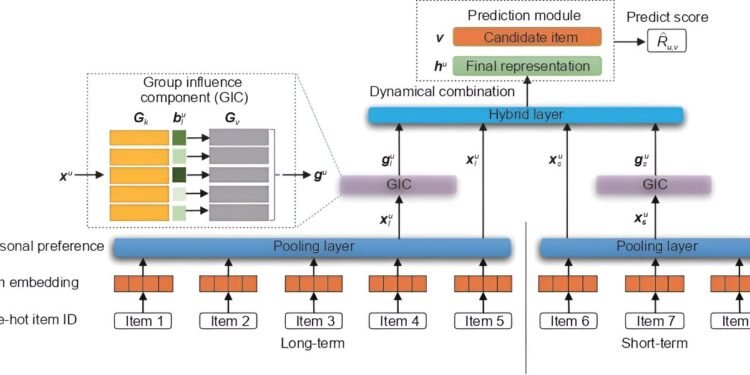
Information sharing can lead to better, more accurate predictions when neural network mechanisms are concerned and by using shared information among groups of similarly-minded people, next-item recommendation technology can be improved over the current conventional methods.
Predictive technology might seem like magic, but in reality, it consists of thoughtfully constructed models that are in need of constant improvement to keep up with the ever-changing demands of a user’s preferences and requirements. Researchers interested in improving the session-based recommender systems (SBRSs) are looking to make more accurate predictions not only based on user’s interests but on the relationships of like-minded users to group similar interests together.
This model takes into account long-term and short-term sessions and interests to create an intuitive, accurate predictive model that outperforms conventional, existing models in addition to predicting the need to develop new groups automatically based on the evolving interests and needs of the target users.
Researchers published their results in the Journal of Social Computing.
The developed model is based on long and short-term user groups (LSUGs) which can give a pretty decent idea of the user’s preferences and what future items would have the highest likelihood of interest.

“In all these approaches, user representations are summarized based on their sessions independently, causing the learned models to be built on a per-user basis. There is no explicit information sharing between the models of users,” said Nengjun Zhu, researcher and author of the study. The addition of information sharing between users who have shown to have similar interests creates a wider pool of information to learn from and therefore, a more accurate predictive next-item recommendation model can be developed.
“Session-based recommender systems are increasingly applied to next-item recommendations. However, existing approaches encode the session information of each user independently and do not consider the interrelationship between users. This work is based on the intuition that dynamic groups of like-minded users exist over time,” said Zhu.
Utilizing the relationships between users with similar interests, the target user can be assigned to groups that have a high probability of overlapping or shared interests. The representation of these groups is then weighted in a way to estimate the probability of the predicted item being the next thing visited by the user.
A shortcoming of conventional methods that researchers aimed to address is the evolution of people’s interests and the possibility of new groups developing. In other models, this needs to be done manually which costs additional time and resources. Instead, the team of researchers opted to integrate an adaptive learning unit into the model to automatically determine whether there is a need for a new group to be made, and if so, to create that new group and learn what interests would comprise this new group.
The addition of this adaptive learning dynamic further establishes a higher level of probability that the next-item prediction will be useful and of interest to the target user when considering certain metrics. However, it is found that there is a point where the adaptive learning unit isn’t as effective when items are ranked all together using the area under curve (AUC) metric as opposed to just using positive examples as found in the Bayesian personalized ranking (BPR) method.
While the adaptive learning dynamic adds function and flexibility by creating new groups, it does not have the ability to delete or decrease groups that are no longer relevant; this is an area researchers wish to work on in the future in order to keep the user groups more streamlined and applicable to the user’s evolution of interests. Along the same lines, researchers would also like to utilize contrast learning to develop explicit differences between user groups to keep representation true to the user’s interests.
More information:
Nengjun Zhu et al, Enhancing Next-Item Recommendation Through Adaptive User Group Modeling, Journal of Social Computing (2023). DOI: 10.23919/JSC.2023.0013
Provided by
Tsinghua University Press
Citation:
What’s next? Adaptive user group modeling can give you the answer (2023, September 7)
retrieved 7 September 2023
from https://techxplore.com/news/2023-09-user-group.html
This document is subject to copyright. Apart from any fair dealing for the purpose of private study or research, no
part may be reproduced without the written permission. The content is provided for information purposes only.










